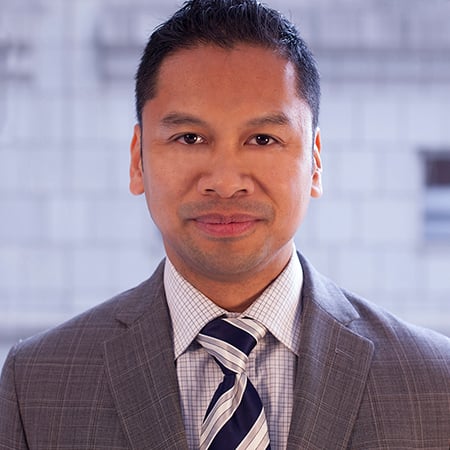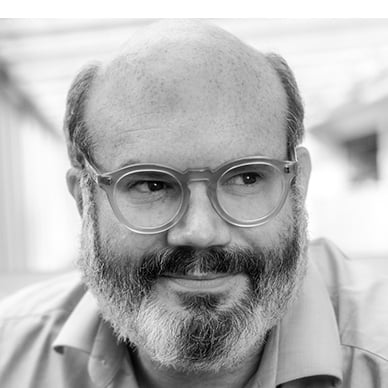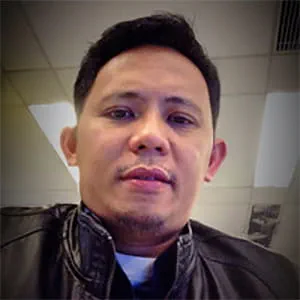As designers and engineers we are often concerned with the quantitative – sizes, weights, masses, dimensions – we work in a world of data points. Tools like VR/AR/MR bring us a new level of insight into the qualitative aspects of a design; to explore what a solution will feel like for the end user, whether they’re residents, audiences, commuters or anyone else.
Simulation tools complement our wide range of disciplinary expertise, from structures to acoustics to lighting to experience design, to bring new insight and confidence to the earliest stages of the design process. These tools bring new insight and rigour to every element of design, ensuring projects stay both ambitious and grounded, and that schemes harmonise with the communities and contexts they join.
Explore designs immersively
Design is ultimately about a full sensory experience, something that was hard to predict or model when designers relied on 2D drawings alone. Mixed reality technology and tools allow us to bring design off the page, allowing prospective owners, developers and users to explore and understand different options and solutions.
Being there: Arup ExperienceLab, SoundLab and VR
Developed in-house by Arup, Arup ExperienceLab is a multi-sensory immersive experience that allows you to collaborate with clients and colleagues within a shared environment – without the need for a VR headset. The technology supports experience-based decision making by enabling teams to experience scenarios associated with their projects and allow them to make informed choices together.
Arup ExperienceLab uses the latest digital technologies to provide more compelling sensory experiences and bring togethers various stakeholders working across projects of all sizes.
Safer, more collaborative working
We have developed tools using augmented reality to provide a live heads-up display of exactly how a design should be constructed, where materials and elements should be placed. This shared single version of the truth enables safer and more collaborative working on complex sites.
Bring the community into the design process
Our augmented reality tool YARD enables a shared approach to co-designing with the community. By involving the community in an interactive and visual way in early in the design process, we can help communities effectively communicate their intentions to designers and planners. The strong visual outputs also provide a feel for the potential future space for stakeholders and decision makers.
Improve surveying and scanning
Visualisation tools are particularly valuable in proposed works in busy public places. At Penn Station, New York City, where we were leading the engineering design of the new Club Acela refurbishment programme, LIDAR scanning allowed us to build a 3D Matterport point-cloud model of the waiting room site, establishing where MEP services could be placed, without needing disruptive in-person visits.
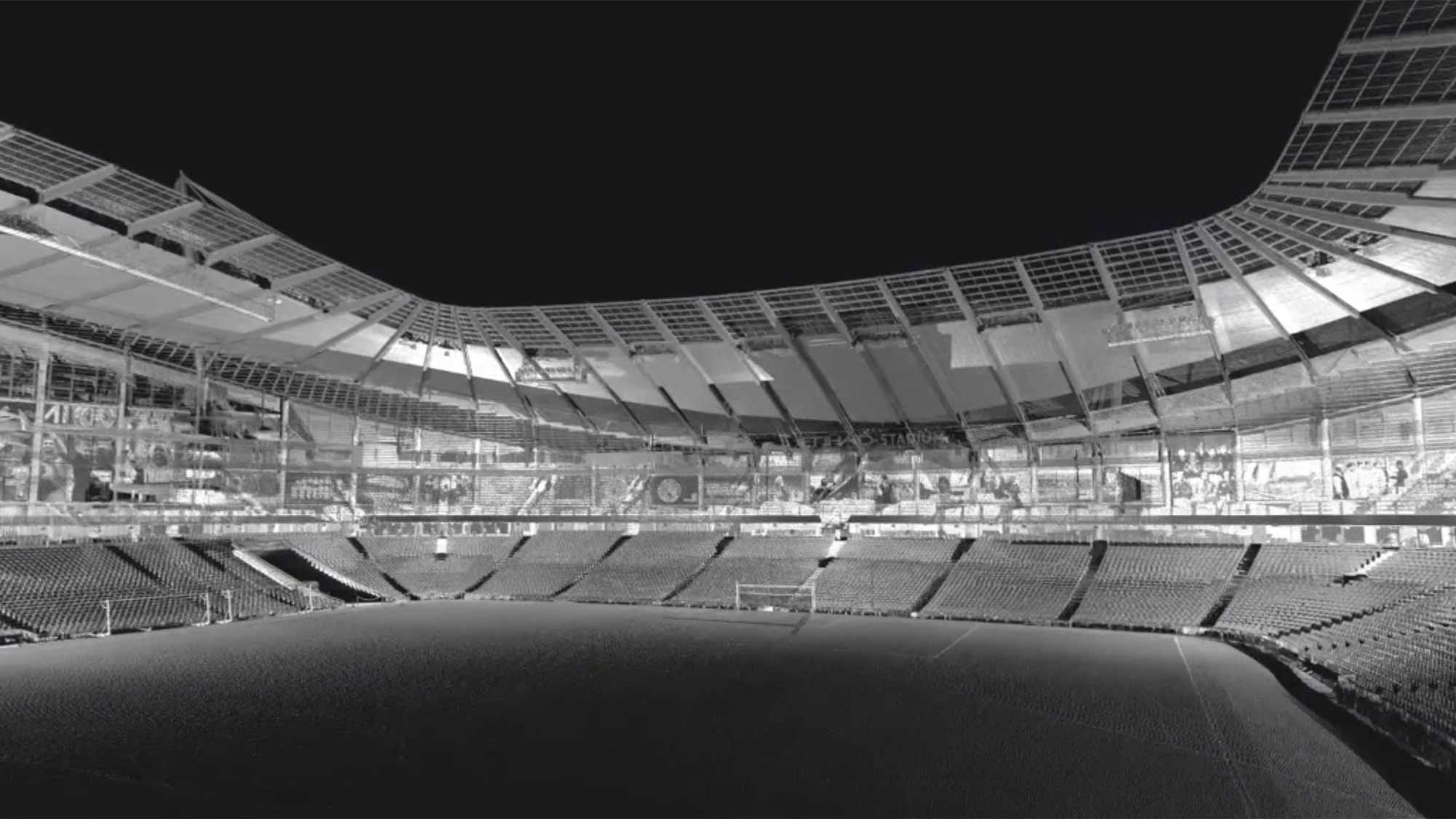
A LIDAR visualisation of the Emirates Stadium in Manchester. The technology can reduce the need for disruptive in person visits when developing existing strictures.
Public consultations, for everyone, anywhere
We have developed digital tools to enable wider and more inclusive public consultation. Find out how our Virtual Engage platform can bring a wide variety of documents, designs and other visual resources into an online reimagining of the traditional public consultation process.
Humanising design
The experiential power of AR, MR, and VR isn’t simply about visualising or sharing proposed ideas with clients and the public. We believe it leads to greater empathy within the design process itself, helping technical specialists to confront and assess the human responses stimulated by choice of materials or the form and structure of the proposed design.
As emerging technologies, VR, AR, MR are constantly gaining new capabilities relevant to our industry’s most longstanding challenges. We foresee further valuable possibilities, using the tools’ visual strengths to bring more of the design and engineering process off the 2D page and into experiences and training that non-experts can understand and participate in. As everything digital gains through connectivity, we are also exploring how these visualisation tools be combined with digital twins of businesses’ core activities and services.
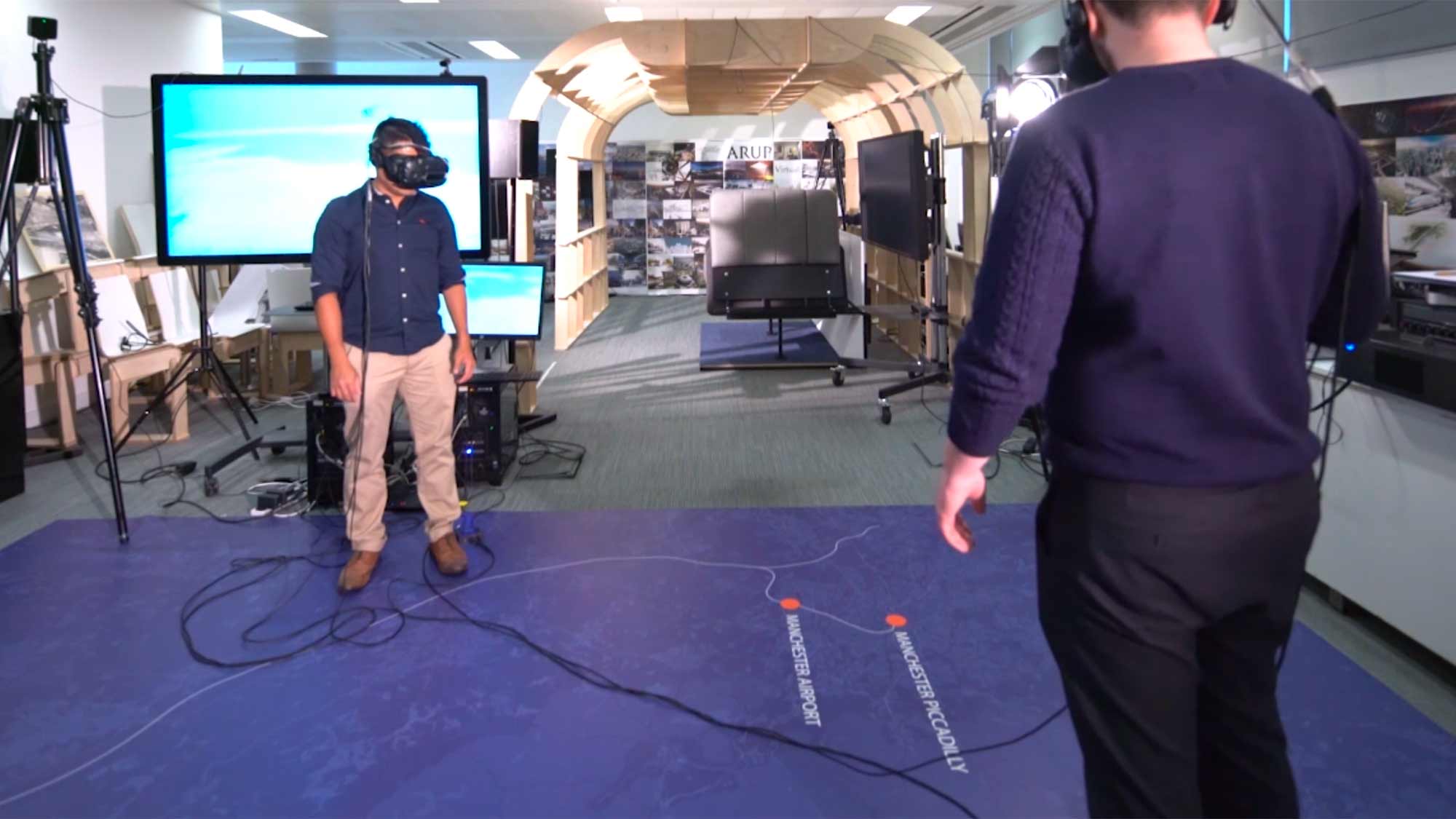 ;
;
